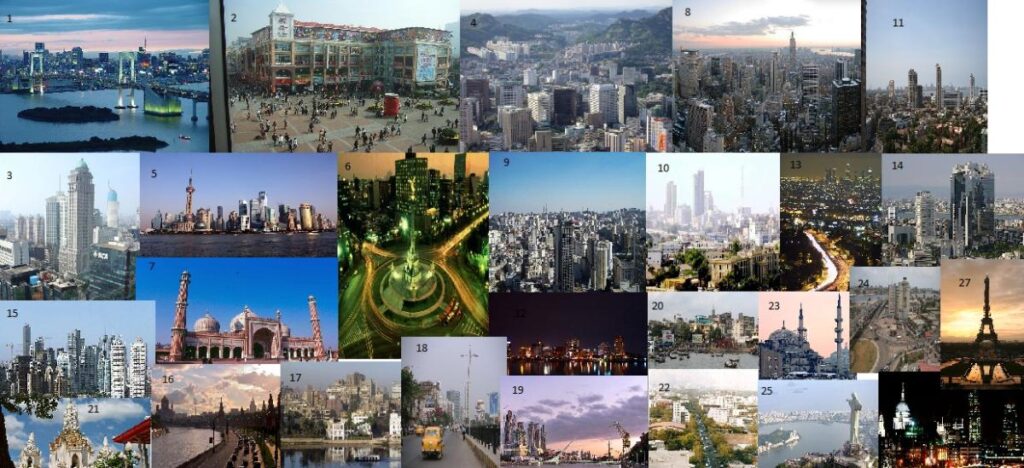
Growing Indian Mega-Cities – Sustainable Future?
54% of the world’s population now lives in urban areas and it is expected to increase to 66% by 2050 as per UN report “World Urbanization Prospects 2014”. The report further highlights the emergence of 28 megacities, i.e. urban areas with 10 million inhabitants, around the world, compared to 10 megacities in 1990. Currently, Tokyo (Japan) is the world’s most crowded city with 38 million inhabitants, followed by New Delhi (India) (25 million), Shanghai (China) (23 million) and Mumbai (India) (21 million).

In 2011, India’s total population was 1.23 billion, of which 31.17% lived in urban areas and it is projected that urban population of India will reach 590 million (38%) by 2030. There would be at least 60 cities with a million plus population, at present the figure stands at 42 cities. The cities are expanding in terms of boundaries and attracting people from other parts of the country for a better life. Rapid urbanization is creating lots of challenges such as housing, sanitation, utilities and transportation for these cities. Mobility is emerging as the key challenge for policy makers around the world and India.

Delhi and Mumbai are the two key mega-cities of India with a 20 million plus population. These two cities attract more than 200 migrants every day in search of livelihood. By 2030 the population of Delhi and Mumbai will be 36 million and 27 million respectively.

WHO Air Quality Report 2014 has ranked Delhi as the most polluted city in the world. Delhi has most extensive road network in the country but still not have enough space for its traffic. The Victoria Transport Institute concluded that half of the increased roadway capacity is consumed by added traffic in just five years. Interestingly, According to study conducted by Urban Emissions, Delhi’s cars are no faster than pedestrians for 20% of their running time.

These two cities with a high urban population are looking to find sustainable transport solutions and Metro is seen as one of the key public transport system. Delhi is leading with longest operational length, whereas, Mumbai is the latest entrant in the league of Metro System in India.

Delhi has made significant investment in metro network and created a network of 190 kms carrying more than 1.7 million passengers a day. The city is expanding its existing network, adding more than 140 kms in its network in Phase-III. The system has carried 3.7 billion passengers in last 12 years. The metro system has helped to put 1,17,249 vehicles off the road daily and helped to save 1,06,493 tonnes of fuel by providing commuters with an alternative to motorised vehicles, resulting in savings of INR 16 billion per year. Further, Delhi Metro has helped in reduction of emission of harmful gases into the city’s atmosphere. Delhi Metro is helping to save 786 CO per passenger per trip, leading to reduction of 4,57,615 CO equivalent tonne annually (Source: DMRC).
Mumbai has completed first phase of Metro construction and launched the commercial operation on September 08, 2014. Mumbai Metro has been completed on Public Private Partnership basis. The first line is 11.4 km-long Versova-Andheri-Ghatkopar corridor and has 12 stations on the elevated line. The system carried more than 30 million passengers in the first 100 days. The economic and environment impact of Mumbai Metro is positive but it is not quantified yet.
While most the solutions to transportation problems in India are implemented with a post facto approach, the growing cities need to plan ahead for the future mobility requirements and make investments with a long-term purview.
(Originally published @ India.uitp.org)
